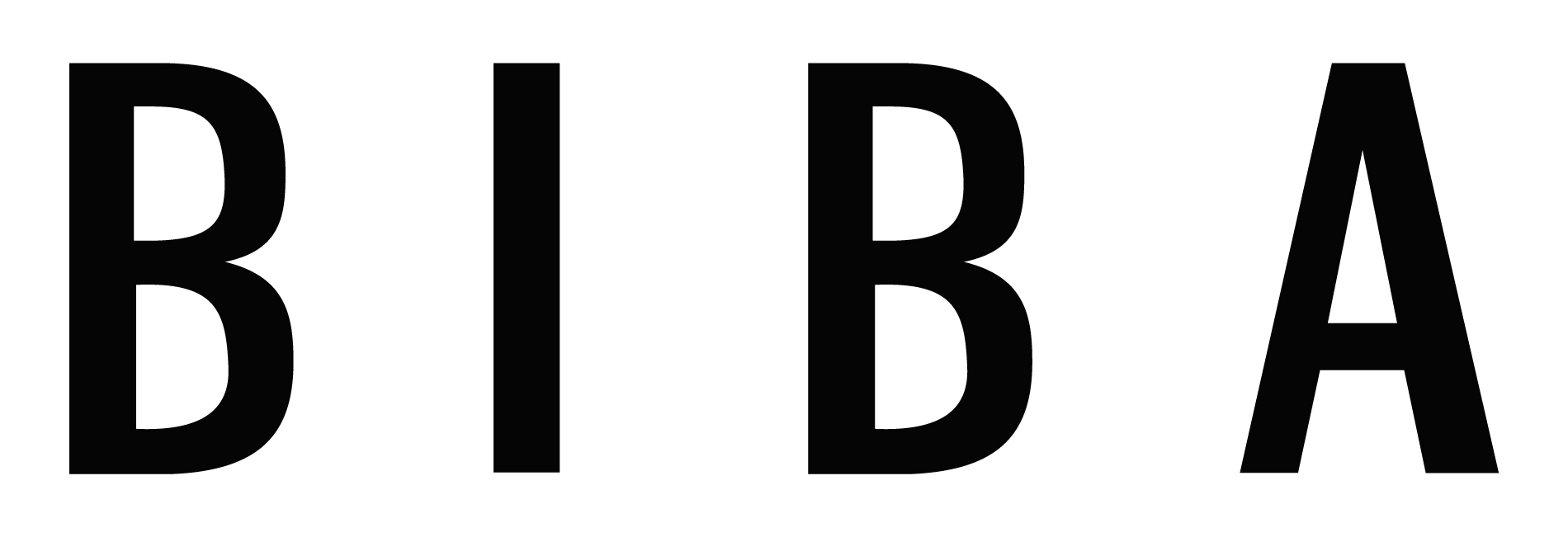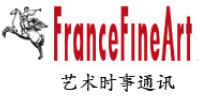L'insouciance d'une epoque
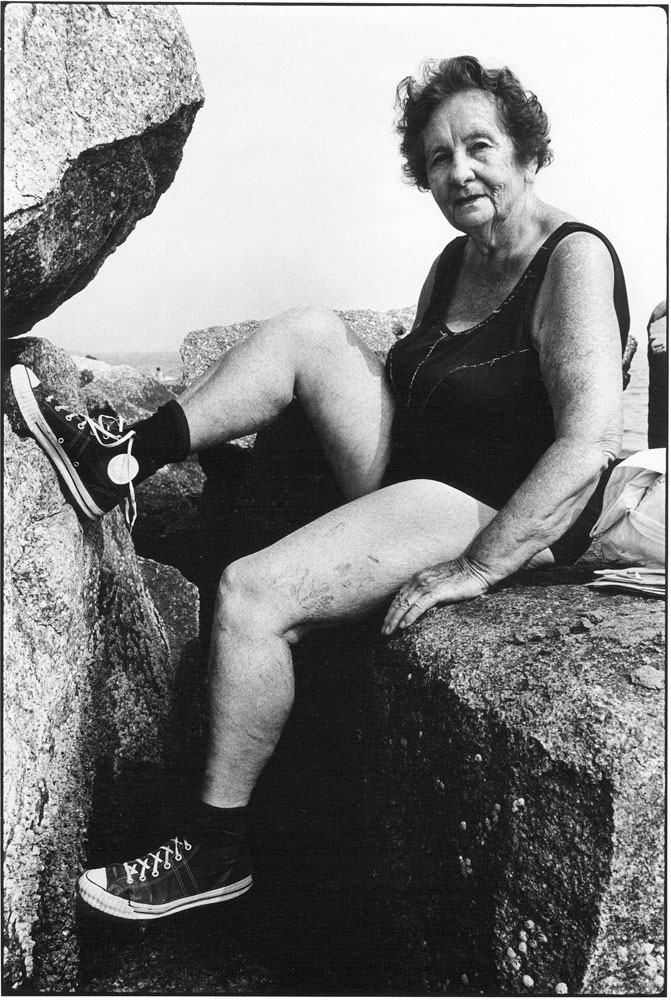
Image: 6 x 9 inches
Print: 11 x 14 inches
Signed on verso by the artist
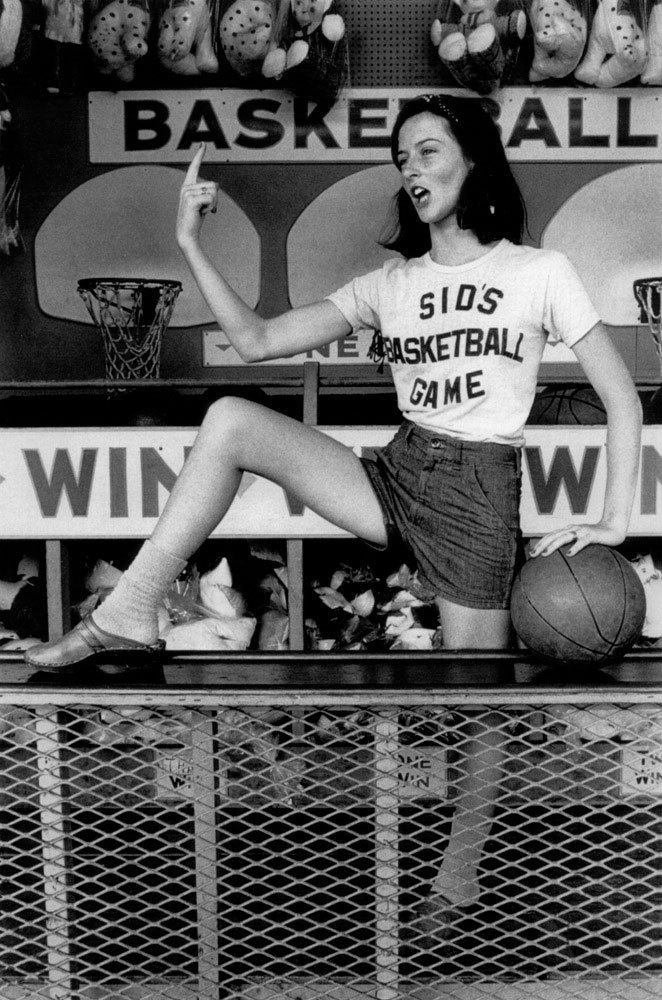
Image: 6 x 9 inches
Print: 11 x 14 inches
Signed on verso by the artist

Image: 8 x 12 inches
Print: 11 x 14 inches
Signed on verso by the artist
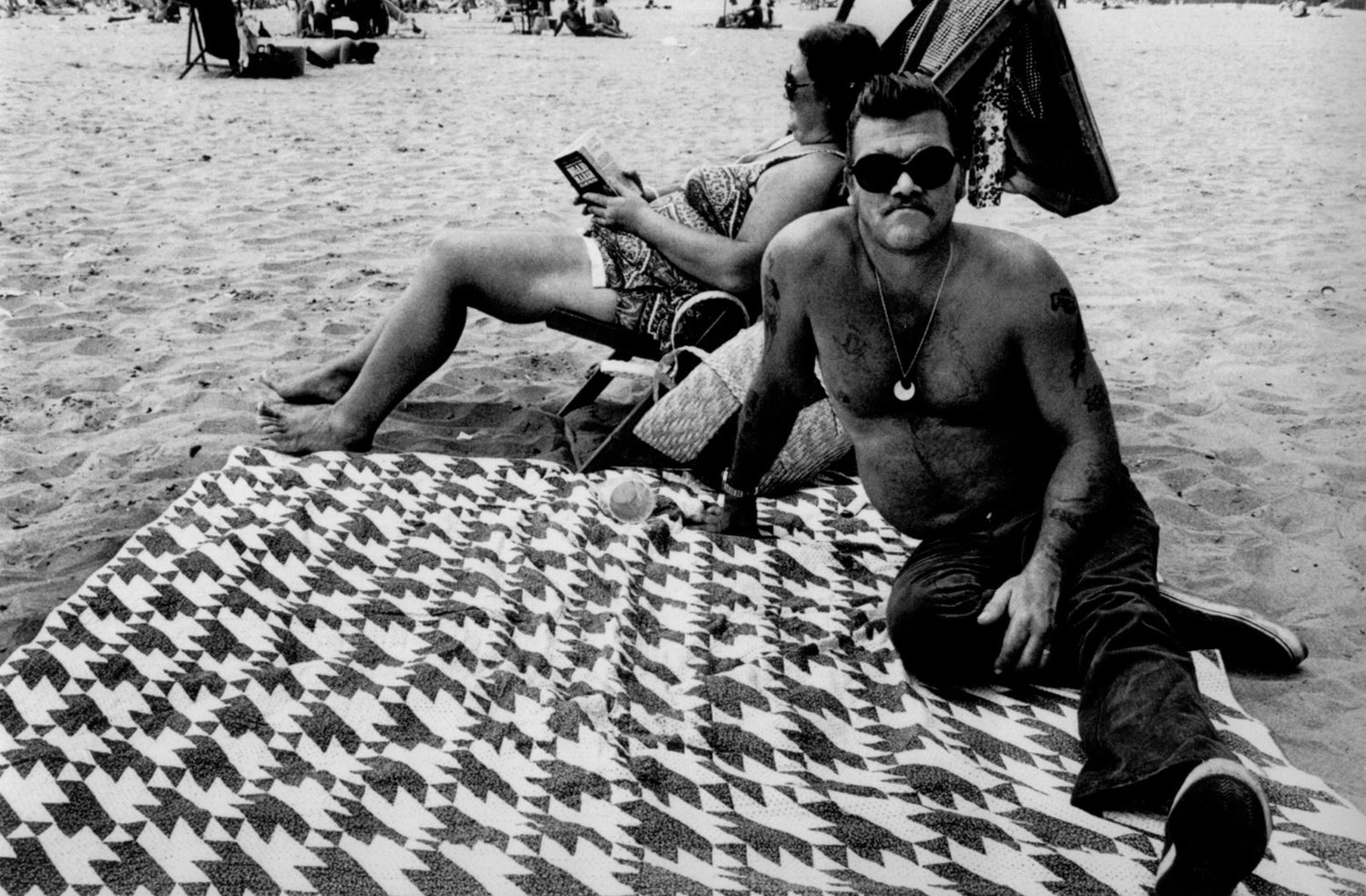
Image: 6 x 9 inches
Print: 11 x 14 inches
Signed on verso by the artist
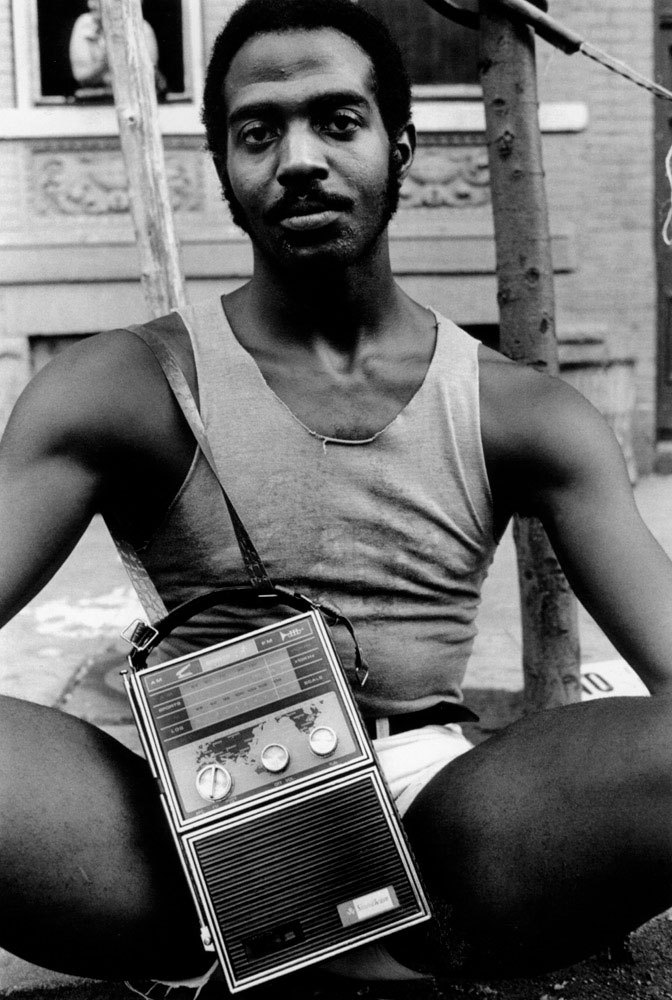
Image: 8 x 12 inches
Print: 11 x 14 inches
Signed on verso by the artist
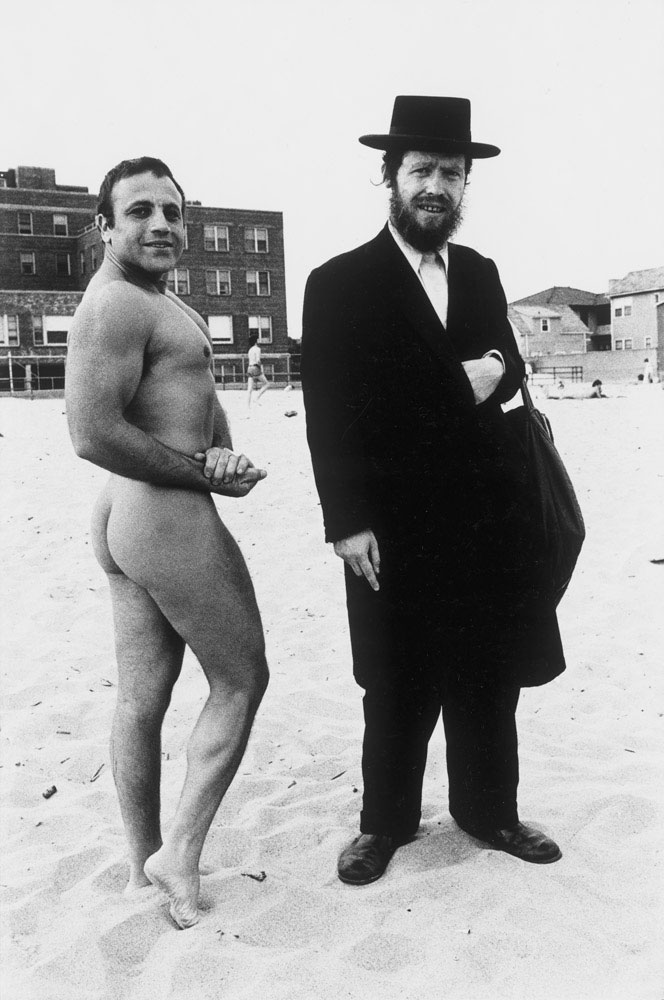
Image: 6 x 9 inches
Print: 11 x 14 inches
Signed on verso
Presentation
Humor, tenderness, intimacy, joy... there is no lack of words to sum up this portrait of New York in the 1970s and 80s. Life back then had no limits and seems light years away from what we have grown accustomed to today. This black and white fresco exudes the boundless freedom of expression that existed before the AIDS epidemic. Our gallery is very pleased to be the first in France to present these works by Arlene Gottfried, a great figure in photography who deserves wider recognition.
Curators: Laurence Cornet and Françoise Morin
Press
PRESS RELEASE
Arlene Gottfried, whose work is still not well known in France, is a New Yorker first and foremost. All of her work is part of that very particular urban world that has whetted her thirst for observation since her childhood.
The exhibit organised at les Douches is the first in Paris to offer a selection of photographs taken during her youth, in the 1970s and 80s, when she tirelessly criss-crossed Brooklyn in search of vibrant places, startling faces and unusual street scenes.
Spontaneity devoid of ambition is what characterises her path. Eschewing a traditional education, she prefered to take an office job during the day and attend evening classes in photography. This form of discipline allowed her to spend time outside, to plunge head first into the sea of her contemporaries.
Outside the city, she captured strong images in the great gathering that was Woodstock, where she went in August 1969, like tens of thousands of other young people of her generation, armed with the new camera that her father had given her. Subsequently, she piled up portraits at the beach and in clubs. Though she later became a professional photo-reporter, she has continued over the course of the last forty-five years to relish picturesque scenes of New York life, to which she has dedicated several books. “It took me forever to think of my photos as works in their own right,” she notes soberly.
“Sometimes Overwhelming” documents an earlier New York that she eagerly photographed, when disco and the strains of R&B shook the walls of the Xenon where the gay community danced with such provocative theatricality, decked out in furs and dripping makeup, flirtatious bodies, plumed constumes, panther outfits, dildos of every size and shape… nothing was inappropriate except a lack of daring. The same insouciance swept the streets, from Brooklyn to Soho, from Central Park to the Lower East Side.
The eccentricities of Riis Beach where women alternately flashed and hid their breasts, the beginnings of the Big Apple Circus – which she goes back to every year, even though it’s lost the simplicity of its earliest days – the Midtown clubs (before 42st Street was the dazzling and blaring advertisement that it has now become), all of these images are like a “verse in a song’s couplet” for Arlene today. New York was on the edge of financial collapse back then, vainly trying to seem tough; it was rocked by insecurity, disfigured by crumbling buildings. “Things were strangely easier back then,” she says, “less turbulent, and definitely less drab.”
Some of her earliest photographs have already become iconic, like the one entitled “Angel and Woman on Boardwalk, Brighton Beach, 1976”. As in many of Gottfried’s images, there is a playful harmony that develops from the artificial contrast. Beside Angel’s near nudity, with his arms tightly crossed, accentuating his muscles, the elderly lady shows evident nonchalance, her arm in the flower-print motif resting on the back of the bench. Her eyes are just visible behind her dark glasses, their gaze as peircing as Angel’s dark eyes, fixed on the camera lens. Their hair sweeps upward in a thick curly mass, frizzed by the salty air. They're the essence of oil and vinegar, improvised opposites like the bodybuilder and the Hassidic Jew in another image, or the trainers on a grandmother’s feet. Their unexpected commonalities are just so many details that show that Arlene Gottfried does not judge her subjects; she is content to observe and play with visual coincidences.
More than a nostalgic homage to a time and city that are so often the stuff of fantasies, this collection of images is closer to a film. A film where the actors might have been chosen for their unshakable attitude or their preposterous eccentricity.
Laurence Cornet
